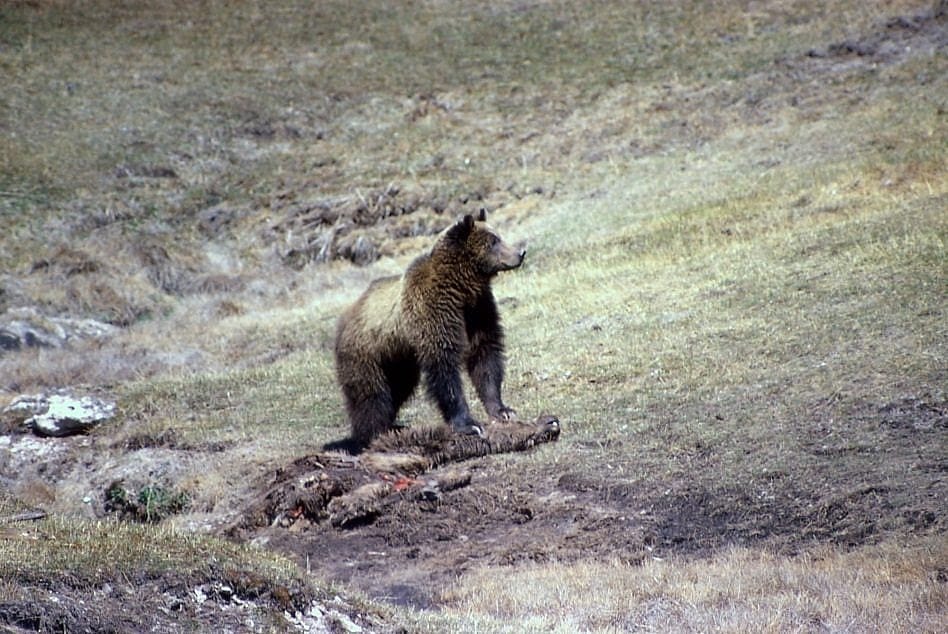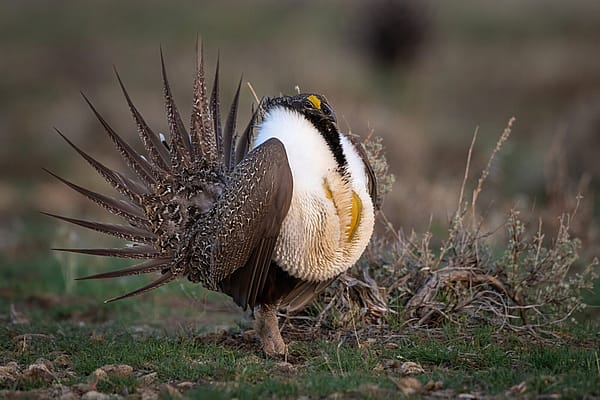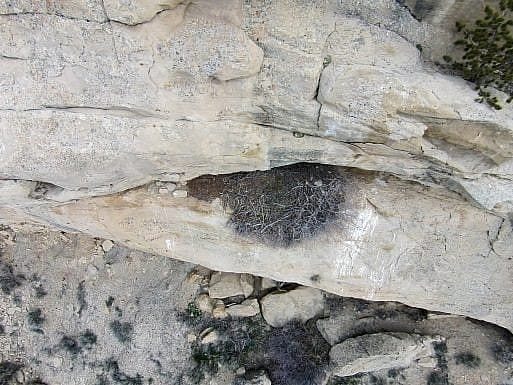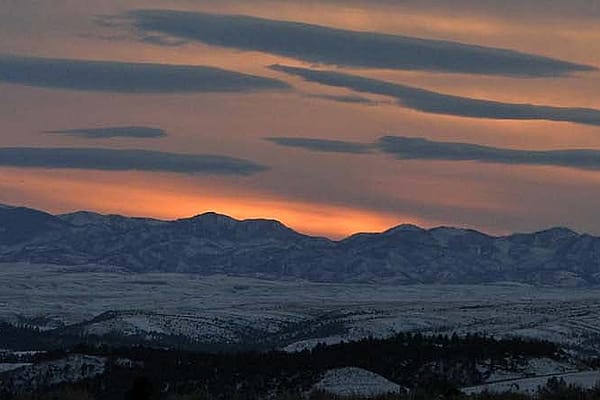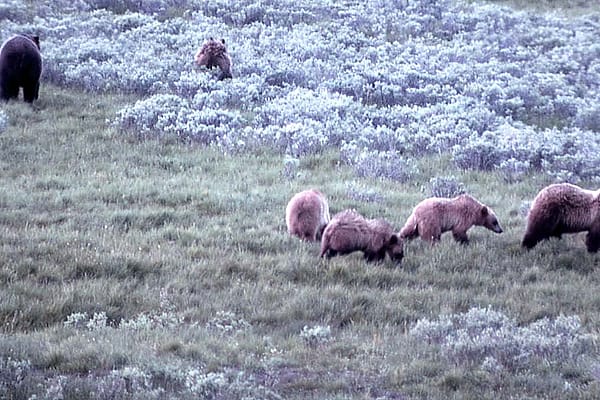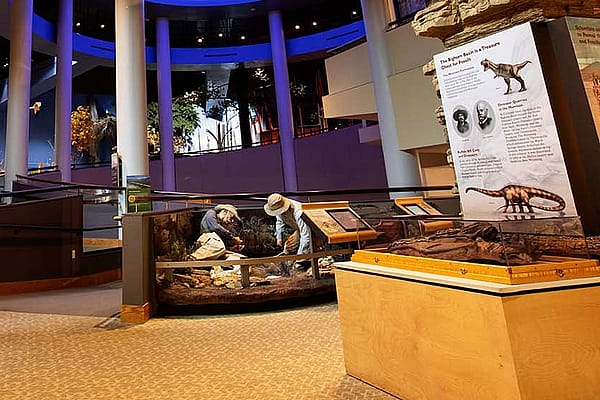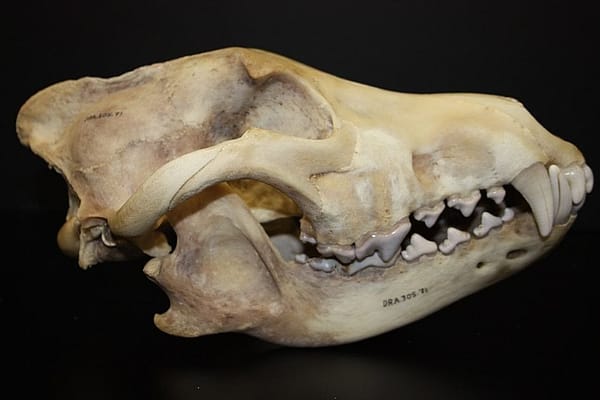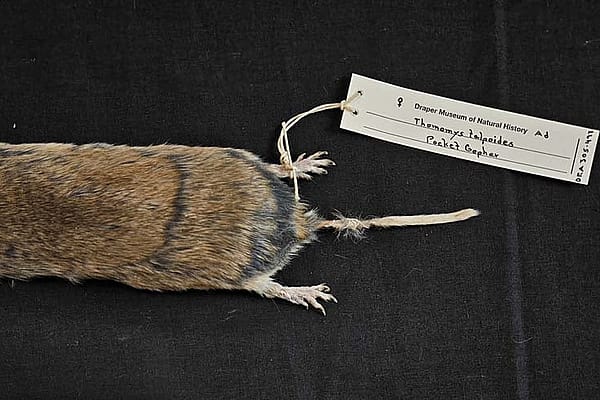
Yellowstone Grizzly Bear and Winter-killed Wildlife
Today, February 25, 2014, is a cold, snowy winter day in Yellowstone National Park and the surrounding areas. Here in Cody, Wyoming, we have about two feet of snow on the ground with more predicted later this week. Yellowstone’s grizzly bears are fast asleep in their dens—the first big males will probably emerge to begin foraging in mid to late March. That first meal for the grizzly bears is likely to be a winter-killed animal carcass.
Grizzly bears in spring
Grizzly bears will take advantage of animal carcasses year-round, but in late winter and early spring, when most bears emerge from their long winter sleep and fast, they are especially hungry, and carcasses are especially available. Greater Yellowstone grizzly bears tend to include more meat in their diet than grizzly bears in the Glacier National Park area or other areas in North America. Carcasses of Greater Yellowstone’s winter-killed large ungulates (hooved mammals), including bison, elk, moose, bighorn sheep, and deer, provide nutritious food sources for emerging grizzly bears. Grizzly foraging on these carcasses typically peaks during April each year.
Most winter-killed carcasses are found in lowland areas where most of the ungulates tend to gather in the winter. Many of these animals die each winter from injury, illness, or starvation. Wolves, coyotes, eagles, hawks, and other predators/scavengers eat carcasses, but there are usually enough for grizzlies as well. Lowland areas in the Greater Yellowstone Ecosystem are used heavily by people for agriculture, recreation, and living space. Some studies have indicated that grizzlies may avoid carcasses in areas frequented by people. So, as people continue to fill in these lowland areas, it is easy to imagine fewer winter-carcass feeding opportunities available to grizzly bears and/or increased conflicts between the grizzly bears and people.
Written By
Charles Preston
Dr. Charles Preston served as Senior Curator at the Center of the West and Founding Curator-in Charge of its Draper Natural History Museum and Greater Yellowstone Raptor Experience. He is now Senior Scientist and Curator Emeritus of the Draper Museum.
